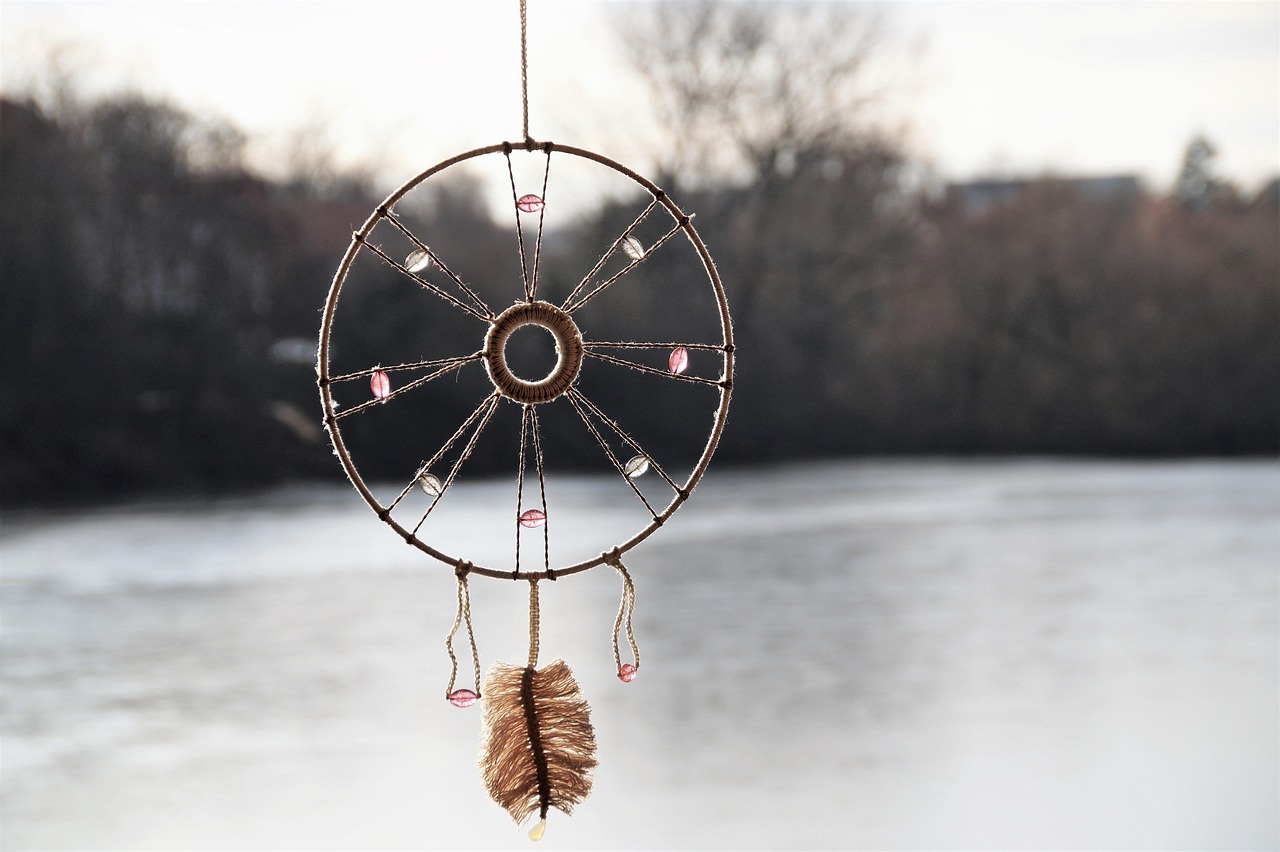Native American crafts are a vibrant, enduring expression of indigenous cultures that have thrived across North and South America for thousands of years. These crafts—ranging from intricate beadwork and pottery to weaving, carving, and jewelry making—embody deep spiritual meaning, connection to the land, and storytelling. In recent decades, a powerful revival of these traditional arts has taken place, blending age-old techniques with modern innovation to preserve heritage while inspiring contemporary design.
The Rich History Behind Native American Crafts
For centuries, Native American crafts were not merely decorative but integral to daily life, rituals, and social structure. Indigenous peoples used local natural materials—such as clay, stone, feathers, animal hides, and plants—to create objects essential for survival and ceremonial use.
Each tribe or nation developed distinct styles reflecting their environment and beliefs. The Navajo people, for instance, perfected weaving techniques that produced durable and beautifully patterned rugs, prized for both utility and symbolism. The Hopi and Pueblo peoples crafted pottery with distinctive motifs representing rain, fertility, and the natural world. Pacific Northwest tribes are renowned for their totem poles and woodcarvings depicting ancestral spirits and animals.
However, the arrival of European settlers, forced relocations, and cultural assimilation policies threatened these traditions. Many crafts declined as communities faced economic hardship and social disruption. The loss of language and cultural suppression further endangered the transmission of artisanal knowledge.
A Cultural Renaissance: Preserving Identity Through Art
Starting in the late 20th century, a renewed interest in Native American culture sparked a craft revival. Indigenous artists and communities began reclaiming their heritage, viewing traditional crafts as a source of cultural pride and resilience.
Educational programs on reservations and in urban indigenous centers teach young people traditional skills—beading, weaving, pottery, and carving—ensuring the passing of knowledge from elders to the next generation. Institutions like the Institute of American Indian Arts (IAIA) in Santa Fe, New Mexico, foster contemporary native artists who blend tradition with innovation.
Cultural festivals, powwows, and craft markets provide vital platforms for artisans to sell their works and share stories with visitors. These events emphasize authenticity, craftsmanship, and cultural education.
Craftsmanship Rooted in Nature and Spirituality
What distinguishes Native American crafts is their profound connection to nature and spirituality. Materials come from the earth and often hold sacred significance. Turquoise, widely used in Southwestern jewelry, is believed to protect and bring good fortune. Feathers symbolize honor and connection to the spirit world.
Many designs are not random but carry stories and tribal symbolism. For example, the Hopi corn motif reflects agricultural cycles and sustenance, while the Zuni sunface symbol represents healing and harmony.
The process of crafting is itself meditative and spiritual. Traditional pottery is hand-coiled without the use of a wheel, and weaving often follows patterns passed down through generations, linking the maker to ancestors.
Contemporary Influences: Tradition Meets Innovation
Today’s Native American artists are not confined to historical replication. They innovate by fusing traditional elements with contemporary forms, challenging stereotypes and engaging a global audience.
Virgil Ortiz, a Cochiti Pueblo potter and fashion designer, merges ancestral pottery motifs with futuristic fashion, creating clothing and ceramics that push boundaries. Jewelry artists like Wendy Ponca blend traditional materials with modern designs, earning international acclaim.
Native fashion designers have gained prominence on global runways, demonstrating the evolution of indigenous art in mainstream culture. These works are more than aesthetic statements; they assert cultural identity and counter misrepresentation.
Digital platforms and e-commerce have expanded markets for native crafts, allowing artisans to reach customers worldwide. Social media amplifies voices, sharing stories behind the art and educating consumers on cultural significance and authenticity.
Storytelling and Cultural Transmission Through Crafts
Every craft piece is a narrative—a way to preserve history, teach values, and express identity. In many communities, crafting is intertwined with oral traditions and ceremonies. Elders recount stories as they teach youth, strengthening intergenerational bonds.
At markets or cultural centers, artisans explain the meanings behind motifs, materials, and techniques. Visitors gain insight into indigenous worldviews, fostering respect and understanding.
This storytelling transforms crafts from mere commodities into cultural ambassadors, vital for heritage preservation.
Challenges: Protecting Authenticity and Rights
Despite growth in recognition, Native American crafts face challenges. Cultural appropriation by non-native companies dilutes authenticity and undermines indigenous economies. Mass-produced imitations often flood markets, confusing consumers.
Legal protections for indigenous intellectual property are limited. Many artists advocate for stronger laws and ethical purchasing practices, encouraging buyers to support native artists directly or certified cooperatives.
Economic hardship persists in many indigenous communities, making sustainable income through crafts essential. Continued support through education, fair trade, and cultural tourism is critical.
The Importance of Supporting Native Crafts for Travelers
For travelers, engaging with Native American crafts offers enriching cultural experiences. Visiting artisan workshops, participating in craft classes, or attending festivals provide meaningful connections beyond sightseeing.
Purchasing authentic crafts supports community economies and helps preserve traditions. It is a way to honor indigenous peoples’ contributions and history.
Examples of Notable Craft Traditions Across the Americas
- Navajo Weaving (Southwestern USA): Famous for their geometric rugs and blankets woven from hand-spun wool dyed with natural pigments.
- Pueblo Pottery (New Mexico and Arizona): Handmade pottery with intricate painted designs often linked to spiritual beliefs.
- Haida Carvings (Pacific Northwest Canada): Elaborate totem poles and masks carved from cedar wood.
- Mapuche Silverwork (Chile and Argentina): Distinctive silver jewelry featuring symbolic motifs representing nature and cosmology.
- Wayuu Mochilas (Colombia and Venezuela): Handwoven bags made by the Wayuu women, each telling stories through colors and patterns.
Crafting a Future Rooted in Heritage
The revival of Native American crafts is a testament to cultural resilience, creativity, and pride. By honoring the past while embracing the present, indigenous artists breathe life into traditions that might otherwise fade.
For travelers and culture enthusiasts, these crafts are invitations to understand, respect, and celebrate the diverse peoples of the Americas. They are more than objects — they are living stories, woven, carved, and painted with the soul of a continent.




